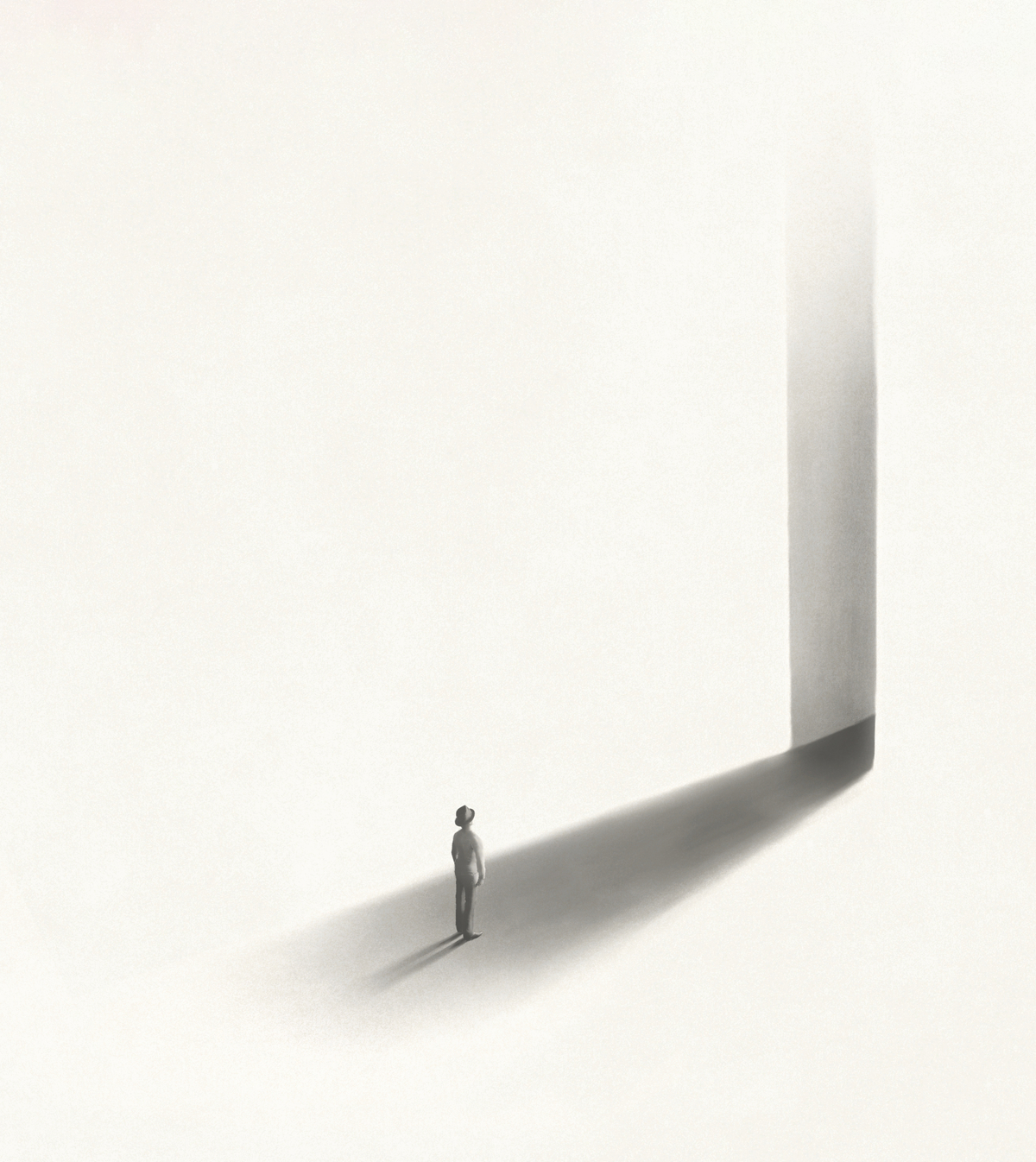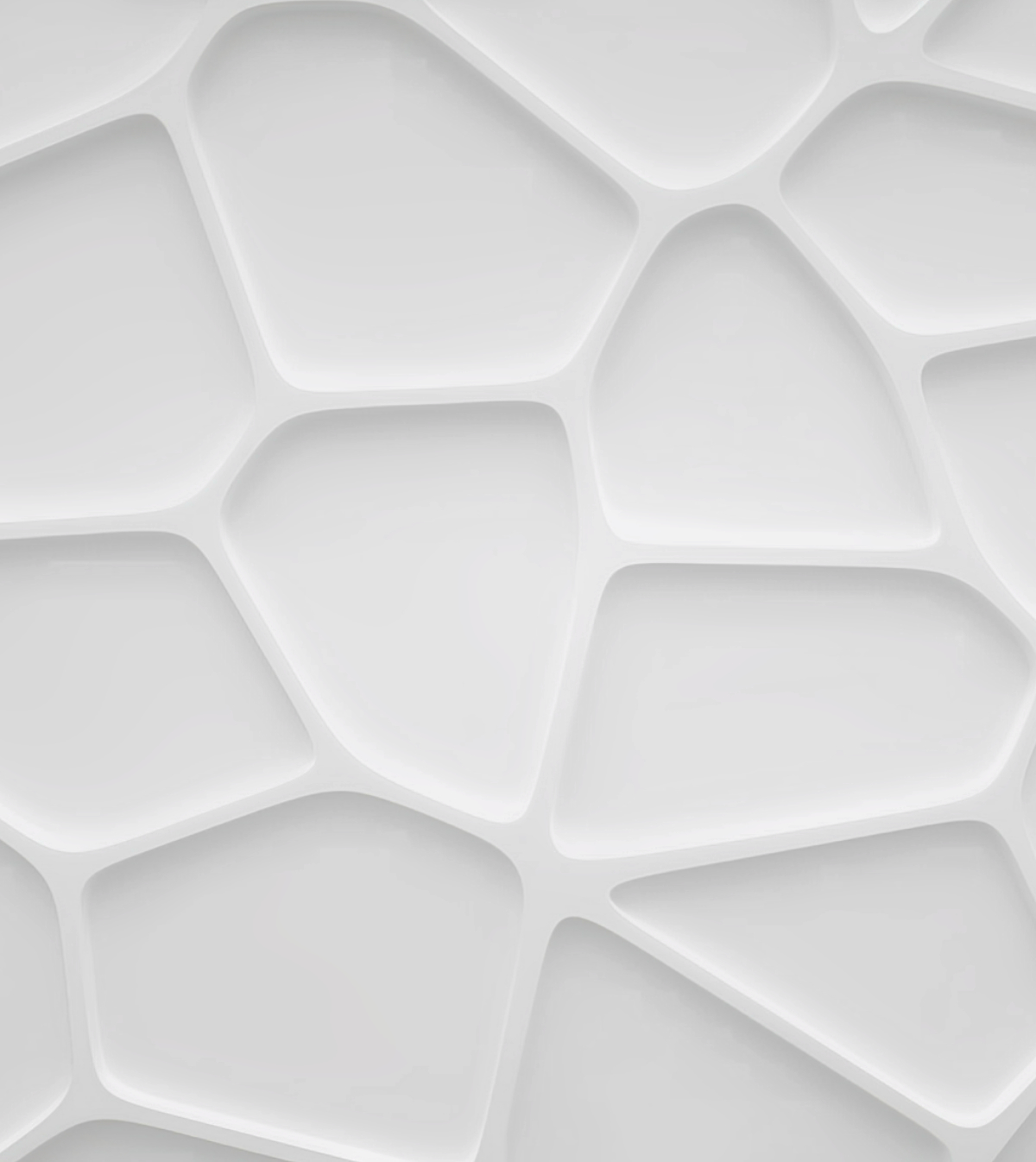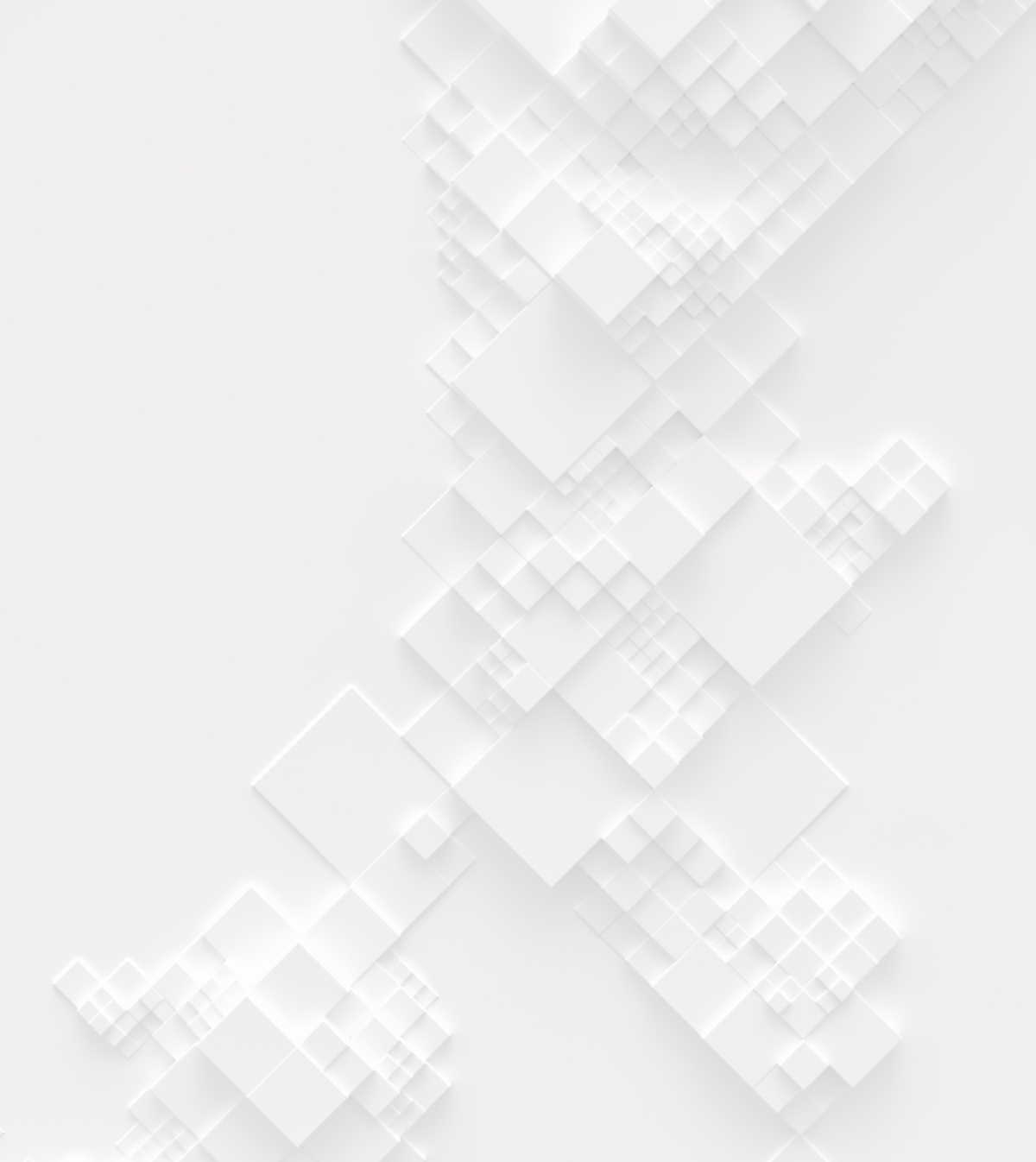We’d like to take the opportunity to introduce you to the 2nd prize winners of our Beyond Isolation: Senior Housing competition – Carmen De Martin Hernandez, Adrian Gutierrez Hato, Teresa Dorado Jimenez and Manuel Merino Fernandez-Andes from Spain!

Carmen De Martin Hernandez, Adrian Gutierrez Hato, Teresa Dorado Jimenez and Manuel Merino Fernandez-Andes
Please tell us about your company (when it was founded, where it is based, how many employees, etc) Alternatively, if you do not have a company, please give us some insights on your own professional/academia background.
We are a group of young architects who first connected while studying at the ‘Escuela Técnica Superior de Arquitectura de Sevilla’. Throughout our academic journey, we've collaborated on several projects together.
ADRIÁN GUTIÉREZ HATO (Seville, 1999): is a recently graduated architect who focused his master's degree final project on social housing. He has a strong interest in sustainability in architecture, especially in the analysis of the energy performance of buildings. He has great skills related to the graphic representation and visualization of architecture, using BIM systems and rendering of digital models. He began his professional journey while still completing his degree, collaborating with architectural firms since 2019. He has also participated in some competitions such as Foro Cerámico Hispalyt 2021/2022 and DOCEXDOCE (Fifth edition). Currently, he is engaged in independent architectural practice, with notable collaboration with the esteemed firm JMR Arquitectos (Seville).
CARMEN DE MARTIN HERNÁNDEZ (Huelva, 1999): pursued her architectural studies at the ‘Escuela Técnica Superior de Arquitectura de Sevilla’ and the ‘Technische Universität Graz’ (Austria) as part of the Erasmus program. Her international experience, including internships at STUDIOPEZ (Basel) and LAM ARCHITEKTUR STUDIO (Graz), provided her with valuable insights into architectural practices abroad, fueling her interest in the international projection of architecture. During her internships, she primarily focused on competition development and rehabilitation projects, immersing herself in the innovative and socially-conscious aspects of architecture. This experience sparked her curiosity in exploring how architecture can positively influence people's lives. Currently, she is working on her master's degree final project focusing on collaborative housing, with a particular emphasis on exploring diverse living models and prioritizing communal spaces that foster connections among residents.
TERESA DORADO JIMÉNEZ (Seville, 1999): pursued her architectural education at ‘Escuela Técnica Superior de Arquitectura de Sevilla’, where she developed a keen interest in heritage preservation within architecture. This passion led her to spend a year studying at the ‘Politecnico di Milano’, further exploring heritage issues in architectural design. During her master's degree, she completed an internship at Lisabesur Arquitectos (Seville) and focused her final project on social housing in Seville. Currently, she is employed at WSP Spain (Madrid) and is also a member of the Doctoral Program in Architecture at the University of Seville. Her research revolves around the intersection of structure, architecture, and industrial heritage. Motivated by her desire to breathe new life into existing spaces and make built heritage more accessible to the public, she seeks to integrate architectural heritage into environments undergoing constant transformation.
MANUEL MERINO FERNÁNDEZ-ANDES (Seville, 1999): pursued his architectural studies at ‘Escuela Técnica Superior de Arquitectura de Sevilla’, where he demonstrated a significant interest in heritage preservation, housing, and the architecture of his hometown. Following the completion of his degree, Manuel undertook an internship at AF6 Arquitectura (Seville) and focused his master's degree final project on social housing. During this project, he embarked on a research journey, exploring innovative constructive and structural systems aimed at facilitating the development of sustainable housing solutions. This experience motivated him to enroll in the Doctoral Program in Architecture at the University of Seville, where he is currently engaged in studying the residential heritage of the mid-twentieth century. His research is focused on uncovering the potential for sustainable regeneration within this architectural heritage.
Brief information about the projects that you/your company have been involved with. For instance, what scale have you focused on/preferred, any significant projects where the company/ individuals have been Involved?
During our time as students at the ‘Escuela Técnica Superior de Arquitectura de Sevilla’ (Spain), and individually in the architectural studios in which we have collaborated, we have had the opportunity to participate in a wide variety of projects and themes. This includes numerous works related to housing, rehabilitation, landscaping, hybrid buildings, theatres, schools, cultural centres, urban projects among others. However, we have always felt a special interest in exploring different ways of inhabiting and social architecture. It is for this reason that Adrián, Teresa and Manuel decided to focus their master's degree final project on social housing in Seville. In their respective proposals, they developed housing designed for medium and short stays, giving importance to shared and outdoor spaces rather than private ones. In Carmen's case, she is currently working on her master's degree final project on collaborative housing, where she is researching new approaches to coexistence that emphasise the collective over the intimate and encourage relationships and exchange between neighbours rather than individuality.
What does architecture mean to you and what is the role of an architect in your society?
For us, architecture goes far beyond the mere creation of buildings, it is about generating spaces that foster interaction and community, and that respond to the changing needs of people over time. We understand that the architect should act as a mediator between the needs of people, particularly the most vulnerable, and the physical environment in which they develop their daily lives. Understanding architectural spaces as flexible spaces open to interpretation and appropriation by users, allowing them to adapt according to their needs and desires, also promoting inclusion, sustainability and quality of life.
Why do you participate in architecture competitions?
Participation in ideation contests represents a valuable opportunity for us due to the creative freedom they offer and our ongoing interest in research. We chose this competition for its potential to explore new ways of living and enhancing the quality of life for older adults, a group often ignored in society. Additionally, as young architects starting our professional careers, it can be a great opportunity to showcase our philosophy, potential, and reflections on architecture to the world.
What advice would you give to individuals who struggle to decide whether it would be beneficial for them to participate in architecture competitions?
We would encourage them to participate because if they enjoy architecture, it's a way to learn and grow individually and as a team. However, before deciding which competition to get involved in, it's important to be self-aware and determine which approach is most suitable for you and your colleagues. Their decision has to be based on their ideals, interests, and their vision of architecture, as motivation to outdo themselves is essential. Additionally, it's a way to showcase their projects and skills, something that is not always easy for young architects, thus expanding their career.
Top 3 Reasons Why You Should Enter Architecture Competitions
Curious about the value of architecture competitions? Discover the transformative power they can have on your career - from igniting creativity and turning designs into reality, to gaining international recognition.
Learn more



























